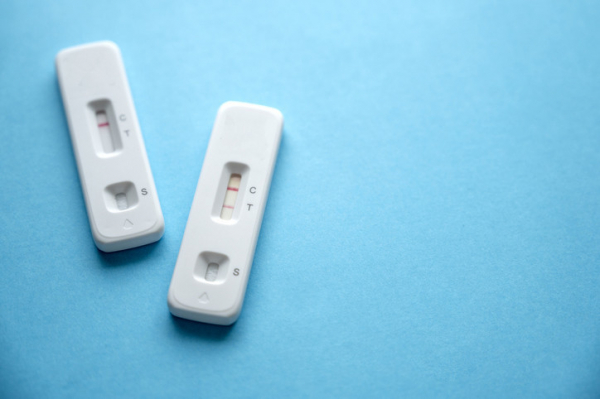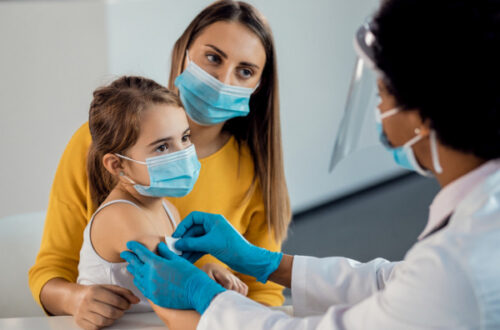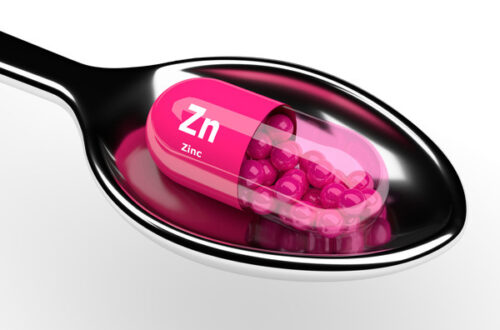
Preparing for the holidays? Don’t forget rapid tests for COVID-19

As the holiday season approaches, there’s a lot to keep in mind. Let’s just start with the easy questions: Who’s hosting Thanksgiving? Who’s making the turkey? The stuffing? Dessert?
But as we embark on our second round of holidays during the COVID-19 pandemic, we all have additional questions and decisions to make about how to keep everyone safe:
- Inside or outside? While outside is safer, it may be too cold where you are to consider dining outdoors.
- Is it necessary to wear masks or keep a physical distance? That depends on everyone’s vaccination status, recent exposures, and risk tolerance.
- Must everyone be vaccinated? For many, this one’s a dealbreaker. Some hosts may insist. And some family and friends may come only if everyone is vaccinated.
The role of COVID testing could be changing
We know a lot more about testing for COVID-19 than at this time last year:
- PCR tests. This is still the most accurate test of current infection. It detects small amounts of genetic material from the virus that causes COVID-19. But it often takes days to get the result back.
- Rapid tests. This is typically an antigen test. It detects small bits of viral protein using similar technology to that used in pregnancy tests. An advantage of this type of testing is that the results are back in minutes. And while these tests have a higher rate of false negatives than a PCR test, getting a negative result strongly suggests you aren’t contagious. Even if you are infected, a negative result suggests there’s too little virus to infect others, at least at the time of the test. So, rapid COVID tests could be used as a way to screen people just before an activity during which exposure is possible — like Thanksgiving or other holiday gatherings.
One approach is to offer testing for each person as they arrive. It might slow the reunion process down a bit, but only for a few minutes. If a visiting friend or family member tests positive, they should leave along with anyone else they might have already exposed. The next step for them would to be to quarantine while waiting for results from a PCR test.
Cost, availability, and other limits of rapid testing before gatherings
While rapid testing may be a useful way to reduce your risk as holiday gatherings approach, it’s not perfect. Cost per test is high, generally $10 to $40 in the US. That’s especially hard for people with limited resources and those at higher risk for infection and complications from COVID-19. Rapid tests may be hard to find, too, although the Biden administration has vowed to address lack of availability by pledging several billion dollars to expand rapid testing. The health department in your community may be able to help you find test sites.
The FDA has given emergency use authorization to nearly 40 different tests, and research suggests that different brands vary widely in their accuracy. Currently, there are no specific recommendations from experts about which rapid test is best.
Additionally:
- Results only apply to the time that the test is performed. You could have a negative test today despite being infected and a positive test tomorrow. These false-negative results may occur because it’s so early in the infection that there isn’t much viral protein present. Or it could be because of how the sample was obtained — maybe the swab wasn’t inserted deeply enough into the nose or wasn’t twirled around for long enough. Repeated testing can be helpful to address the concern of false-negative results; in fact, some tests specifically recommend repeat testing within a few days.
- False-positive results may occur. A test may indicate infection when no such infection is present. It’s what happened on a now-infamous episode of The View. Two hosts quickly exited the set during a live broadcast because their COVID tests were positive. Soon after, their results were declared incorrect after further testing was done. Although false-positive results should be quite rare, manufacturing problems may make them more likely. In fact, some tests have been recalled because of an unexpectedly high rate of false-positive results.
- Be prepared to download an app and follow instructions carefully. Rapid tests for COVID-19 typically require you to download an app and connect your phone or computer to the testing device through the app. Then you need to use a swab to collect a sample from inside your nose, apply the swab to the chemicals from the kit, and wait 15 minutes or so for your device to tell you the result. It’s not a particularly intuitive or consumer-friendly process. Many people may find it challenging.
The bottom line
Despite its limitations, rapid testing for COVID-19 is a strategy worth considering for holiday gatherings or group activities during which exposure to the virus is possible. Ideally, simplified rapid testing will become readily available at low (or no) cost soon. So, think about putting rapid COVID testing on your holiday to-do list, and consider offering tests to guests before you sit down for the turkey. It doesn’t take long, and the turkey probably won’t be ready on time anyway.




